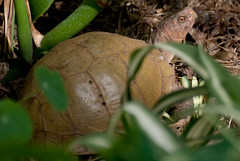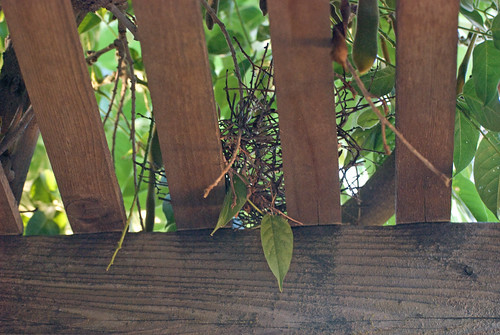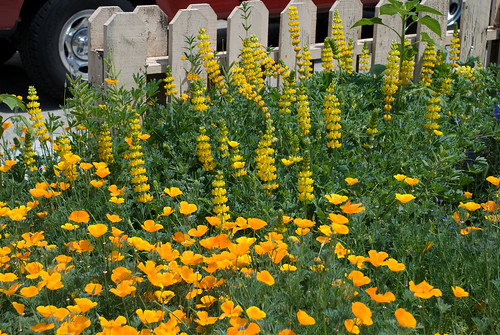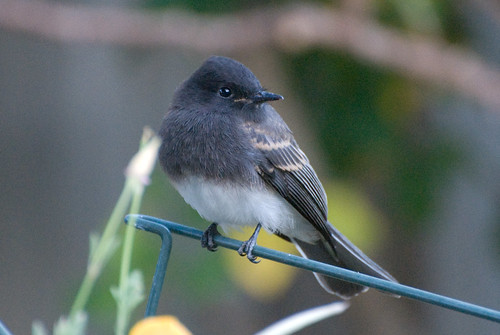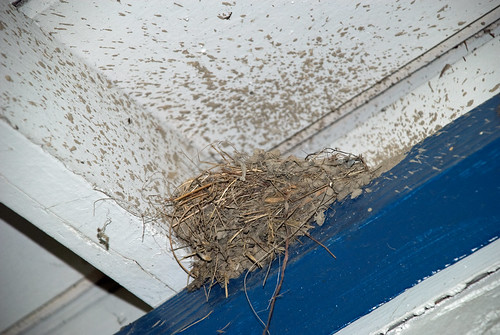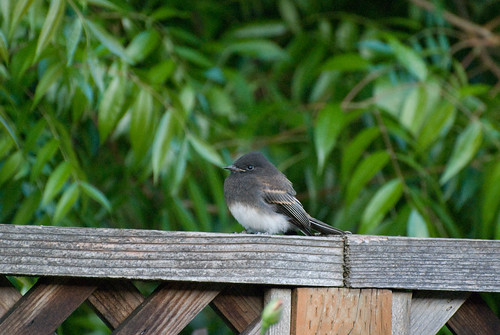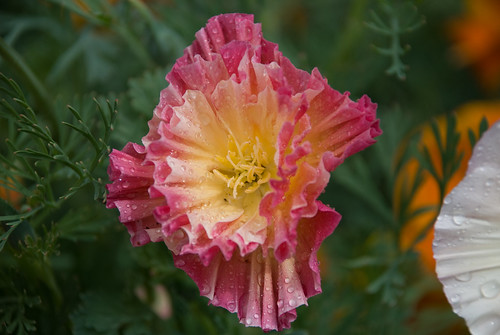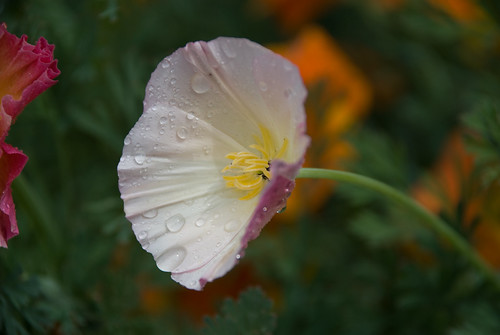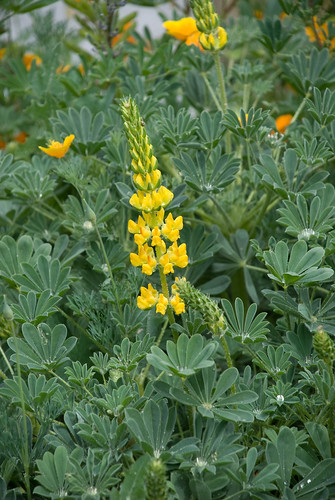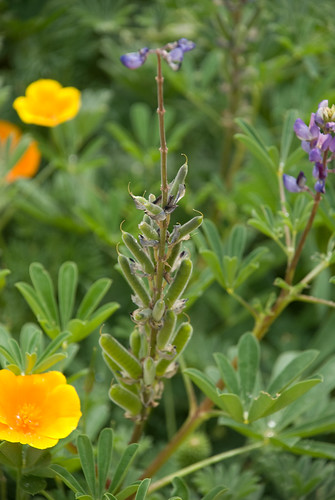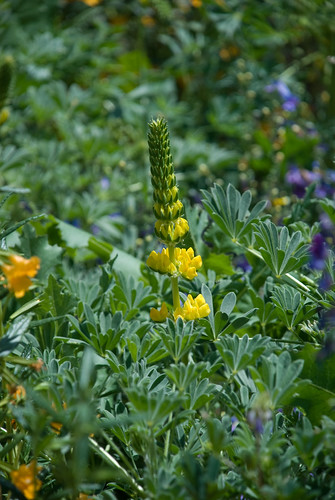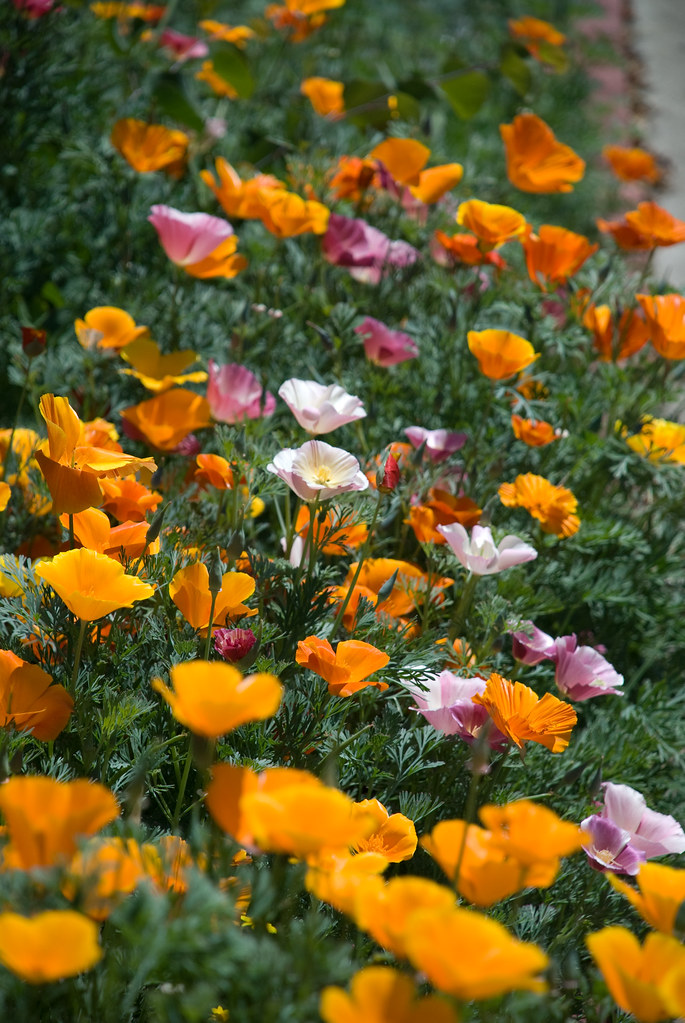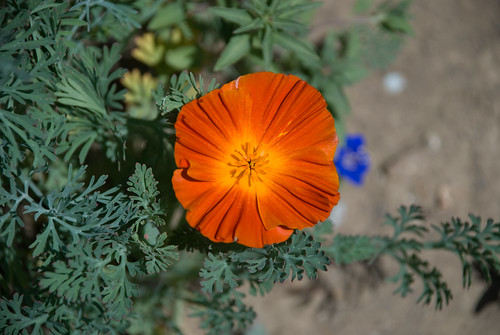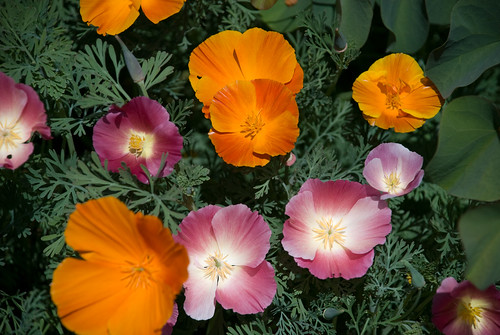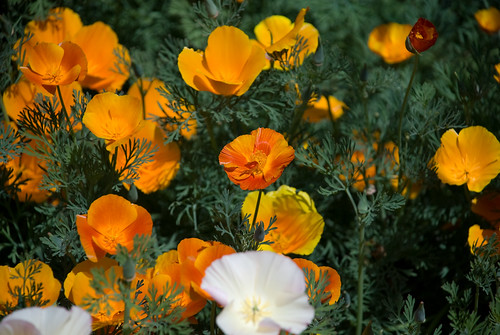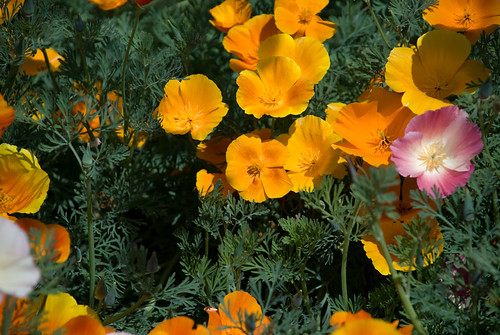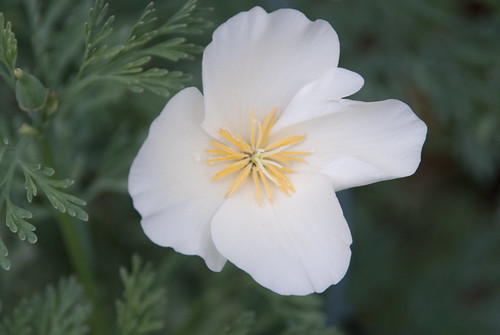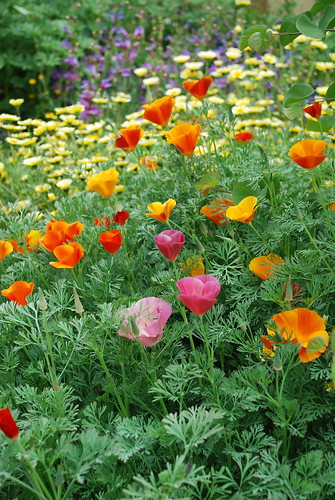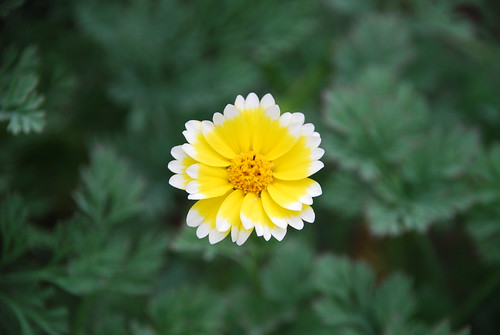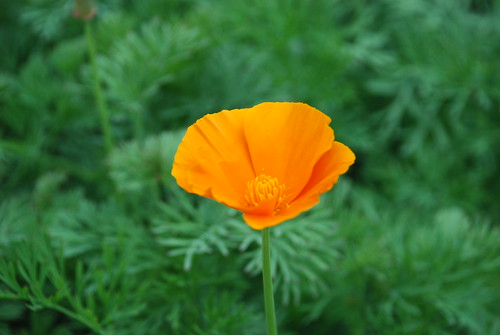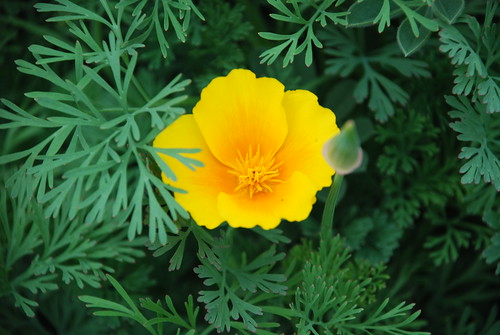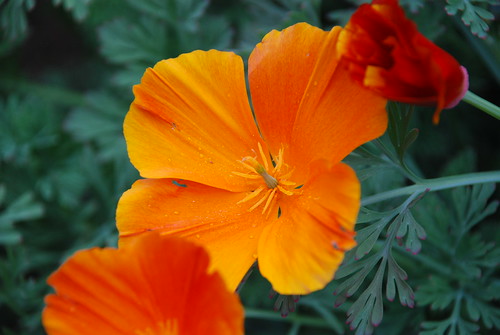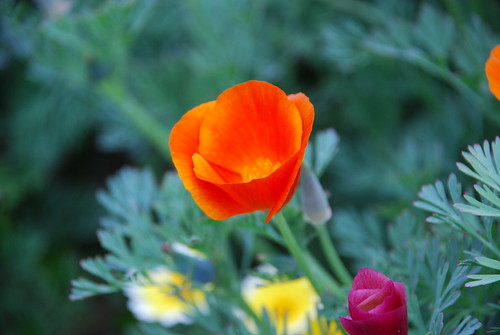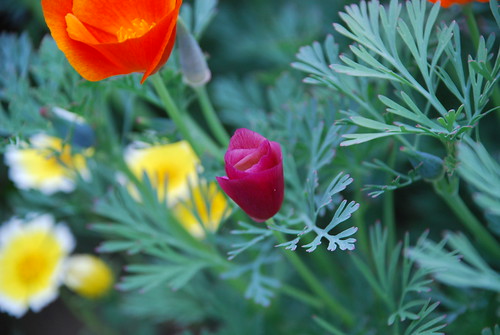But, I'm a lazy-ass composter. I set up a pile and just keep building it till I *have* to do something with it. When I just have a pile (no bin, no walls to keep it in place), the ground-feeding birds (such as the California Towhee and most sparrows) work really hard at scattering the pile while they're looking for bargains. Then I have to go out, scoop up all the out-lying bits, and throw them back on the pile. This does a fine job of aerating the pile, but it never really gets hot like a good compost pile should.
When I have compost bins, well... I'm equally lazy, but with a different outcome. I keep throwing vegetative matter on the pile -- month after month, even year after year -- till the bin is stacked to the sky and not cooking down (actually shrinking) anymore. Then I *have* to remove the bin to another location, transfer the as-yet un-composted stuff off the top to a new location, and spread the remaining compost on the bottom (usually quite a lot of compost).
The problem with this is that, again, the pile did not get very hot and is, therefore, chock-full o' weed seeds. (The good news is that, when I spread out this seedy compost and the weeds sprout, the pull up quite easily because they're in nice, fluffy compost!)
But my compost piles are living things in another way, too. Last fall I discovered that a shriveled, sprouting potato that I threw on the pile had started growing! There was a potato plant growing up out of the middle of the bin! No, I did not go digging to harvest potatoes. Somewhere along the line, someone (Mom, I think) up-ended a bin of recently-pulled weeds onto the potato plant. I haven't seen it poke back through... yet.
This weekend I noticed that something else was growing up -- quite vigorously -- from the same bin. It is the hacked-up Elephant Ears plant that I threw in the bin last summer! (History: I'm pretty sure a bird "planted" a seed several years ago and the plant grew slowly for many years. Then it exploded and started crowding out my desired plants. So, I dug it out, chopped it up, and threw it in the compost bin.) Now it again is putting out foot-long leaves from the compost bin.
Gotta do something about that!
